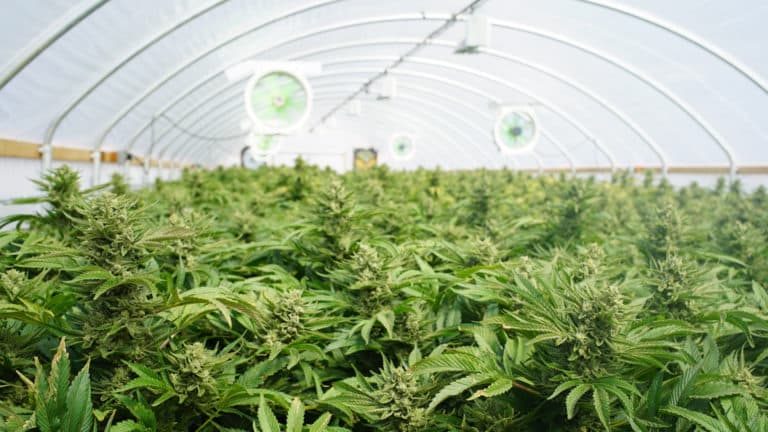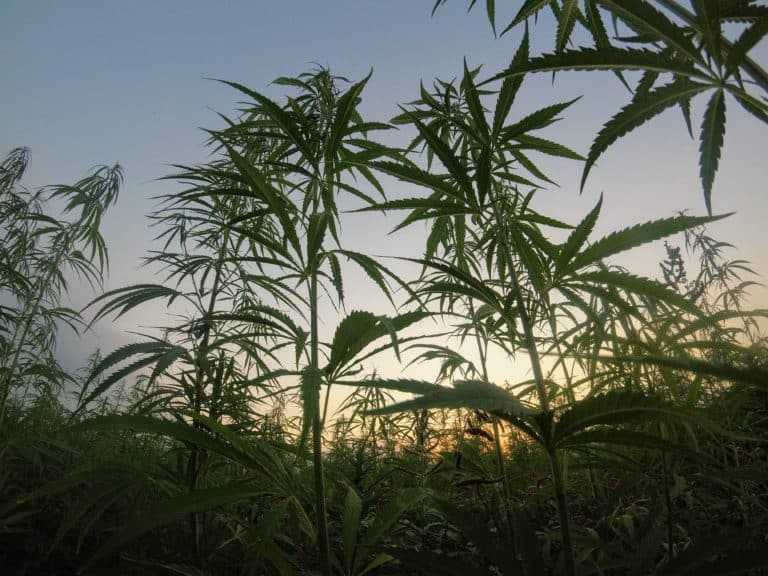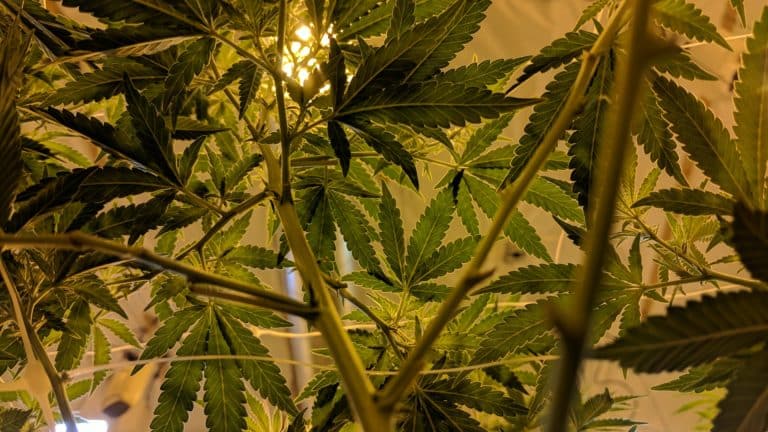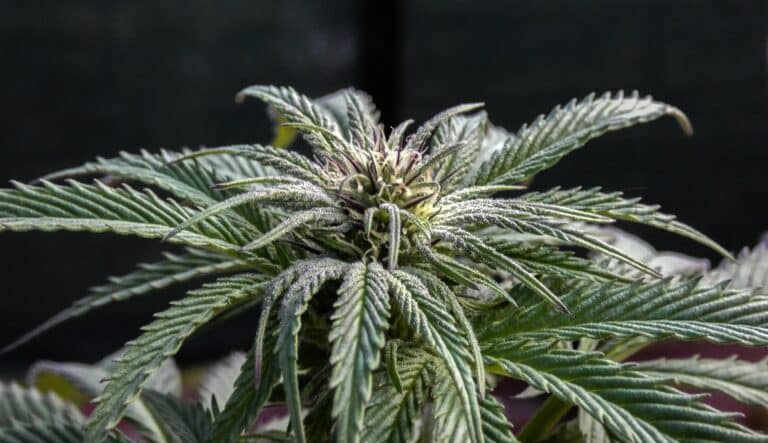 The Nation’s Number One Crop Must Be Cultivated Sustainably
The Nation’s Number One Crop Must Be Cultivated Sustainably
With the Drug War finally petering out, the cannabis crop’s emergence aboveground can mean the best or the worst of times not for the economy (it’s already the number one crop in the U.S.: it’s going to be great for the economy) but for the planet. It’s essential that a model emerges that at once benefits local farmers, supports the tax base, and treats the planet as every industry much in a time of climate change: sustainably. Though there’s a bit more to it than this, at core it means encouraging outdoor verses indoor cultivation.
The good news is, such a model exists, and proved successful on the ground in 2011. It was called the Zip-tie Program, it was instituted by the Mendocino County, California Sheriff’s department, and it is viable worldwide model not just for Twenty First Century cannabis agriculture, but for Twenty First Century agriculture, period.
This was the topic of my book, Too High to Fail: Cannabis and the New Green Economy, and the “Green” in the title has every meaning you might imagine, as you’ll see in this selection that follows. A vital part of the equation, especially as pioneer U.S. state Colorado appears to be starting out with an energy and pesticide-intensive indoor cultivation focus (though co-pioneer Washington is proving much more open on the sustainability front), is that the Zip-tied plants were grown over ten month seasons by outdoor farmers working with a locavore and sustainability mandate.
Late on the afternoon on a windy (and the blusteriness is important) summer Sunday in 2010, Mendocino County, California, deputies under the command of twice-elected sheriff Tom Allman were dispatched to a Redwood Valley farm, about twenty minutes from the county hub and two-sushi-bar city of Ukiah.
According to the dispatcher, a burglar alarm had gone off—one of those jobs where the alarm company calls the authorities. It turned out the alarm’s red laser sensors were protecting a fairly fragrant one-acre, ninety-nine-plant cannabis crop. The two deputies responding to the call parked beside a three-story flagpole that was displaying what can fairly be called superlatively patriotic (in fact, sheet-sized) versions of both the Stars and Stripes and the California state flag. There they were met by the farm’s chamber of commerce member owner, thirty-three-year-old Matt Cohen, and all three proceeded to his no-longer-beeping field, which also happened to be just past his medical cannabis cooperative’s processing room.
Other than that, though, the farm looked like it could have been owned by a Reaganite, or perhaps a fairly meticulous graduate of the local 4-H Club. Sure, there was the overwhelming, unmistakable, and locally ubiquitous eau de cannabis. But you can’t breathe in Mendocino County without that. There was a Farm Bureau Member sign affixed to the farm’s front gate. There were even a couple of friendly goats. The grounds were immaculate, and the lettuce was leafing out in the front vegetable garden.
One of the deputies at the alarm sensor powwow noticed the nearby “9.31” registration permit issued by his own department hanging rather nicely framed on the processing room wall. Chapter 9.31 is the county land-use ordinance that created the functionally named “Zip-Tie” Program that bands every registered cannabis plant in the county in a bright yellow anklet. For a total annual cost to the farmer of about $8,500 dollars.
These zip-ties, in turn, allow Cohen’s not-for-profit, Internet-based cannabis delivery cooperative, called Northstone Organics, to grow the ninety-nine plants (worth close to half a million dollars in the down buyer’s market of 2010), as far as the County of Mendocino was concerned. The peace officers could also see the chamber of commerce member-in-good-standing certificate posted next to the cannabis cultivation permit.
So the deputy in charge did what he does when checking up on any law-abiding citizen: He asked Cohen if everything was all right, learned that the buzzer had been a wind-tripped false alarm (no one was trying to burgle the crop this day, though it happens), wished him a good evening, and departed, presumably feeling a sense of a job well done.
Oh, and then the same thing happened again three weeks later. With the same result.
Today, the aboveground and locally legal cannabis cultivators of Mendocino County think of those alarm bells roughly the way the denizens of Philadelphia treated the peals of the Liberty Bell in 1775. Because not only had local law enforcement fundamentally (and seemingly impossibly) reversed its stance on the Drug War (even the current sheriff had busted 9.31 permittees in the past, before the ordinance), but the Zip-tie badge could be used as a valuable marketing tool for, say, regional cannabis dispensaries eager to find a legal, sustainably grown source for their cannabis medicine supplies. In other words, 9.31 could serve as a high-end brand. Like Cristal, or “Cuban seed.” But fairly traded.
At least in Mendocino County, Matt Cohen was as aboveground as the hardware store owner or the vintner, and thus was protected from “rippers” (as cannabis thieves are known) by the law enforcement professionals he funded—“as I should be,” he maintained in one of our first conversations, sounding like a conservative great uncle.
“We’re growing the best quality, sustainably grown medicine in the world,” Cohen told me. “Why is that something to hide at a chamber of commerce meeting? People like me are the businesspeople helping America remain competitive in the world economy.” The overall professional and cultural soundtrack of the county, in other words, is no longer “I Fought the Law” but “All Together Now.”
Source: National Cannabis Coalition – make a donation







